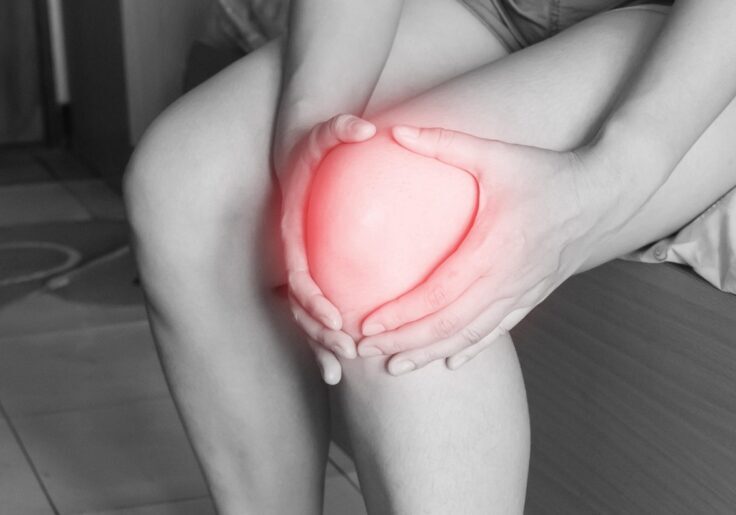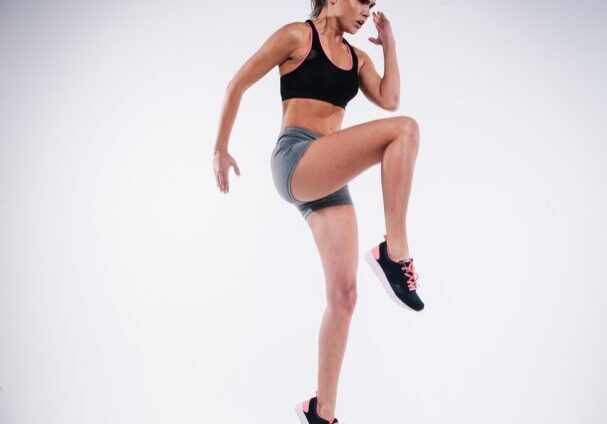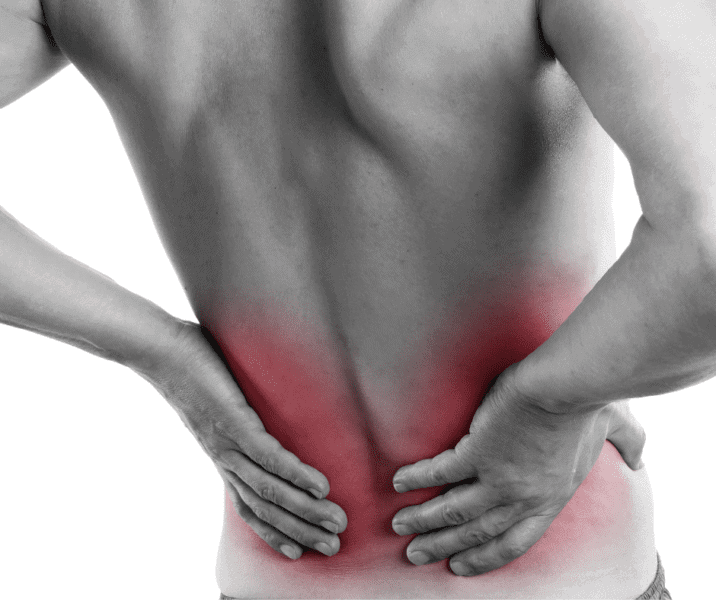
If you search for ‘low back pain relief’ or “low back exercises’, you might find yourself in a never-ending vortex of proposed solutions, but no concrete answers. One of the more problematic concepts today is that certain things are “healthy.” Think of food fads – 10 years ago coconut water was the epitome of health, then kombucha, now alkaline water. But no one food is in and of itself healthy.
Now, extend this concept to your body. Each segment needs to have a certain amount of flexibility and a certain amount of stability, depending on its role in the kinetic chain. What is the function of the low back? Stabilization or flexibility? The answer is both. The low back needs to bend forwards, backwards, and to the side, as well as to rotate. It sits on top of the pelvis, which is the most stable joint in the body. A key concept to understand is that a highly stable joint typically will have a more mobile joint above and below it. The lumbar spine has more degrees of freedom than the joints above (the thoracic block) and below (the pelvis) which puts it at greater risk. But stability is also important for this area. For instance, you need stability so you can lift that 40lb bag of kitty litter up to your 3rd floor walkup. You need stability if you have to stand for an hour because you couldn’t find a seat on the train. But you also need flexibility so you can back up your car or lift the napkin that fell on the floor. Health is about balance, and so the spine is also about balance.
In terms of how often to do each, the answer is “it depends.” A hypermobile woman might need more stabilization, a stiff man stuck in posterior pelvic tilt may need more stretching. But what if the woman has loose ligaments, and her problem is her constant muscle gripping? Or what if the man’s problem is actually weakness in his hip flexors and glutes? The nuance is why it’s so important to get assessed by a professional.
For now, however, here are a few suggestions that might help. Ask a physical therapist or other movement specialist if you’re unsure that these will serve you well.
The Bridge Roll Up
Lie on your back with your knees bent. Begin with a pelvic tilt, flattening your back down towards the floor. Then, begin to lift your back off of the floor, one vertebrae at a time. Beginning with the lower lumbar, then upper lumbar, then lower thoracic, then mid thoracic, then upper thoracic. At the top, drop your chin down towards your chest, hold for 1s, and then begin to roll down, first upper back, then middle back, then lower back. Notice which parts of your spine move and which don’t.
Purpose: True spinal flexibility, to be able to control spinal flexion and extension at each segment.
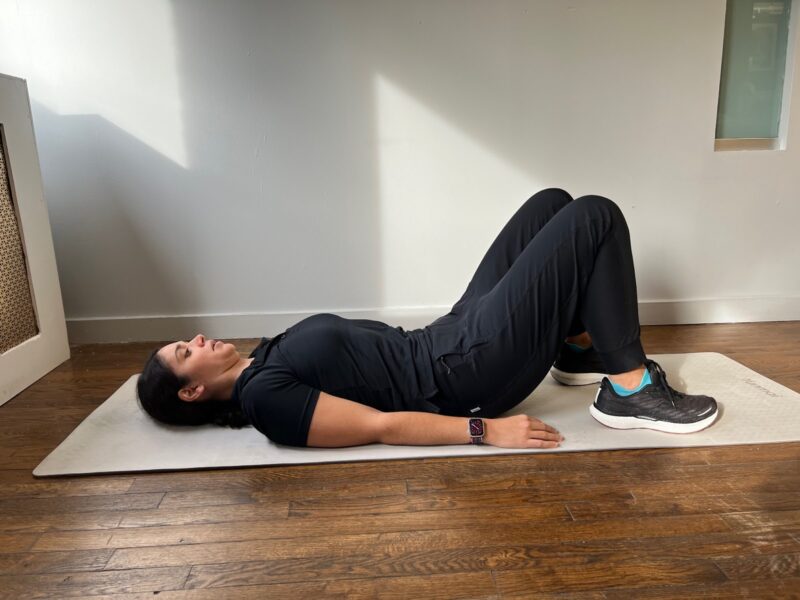
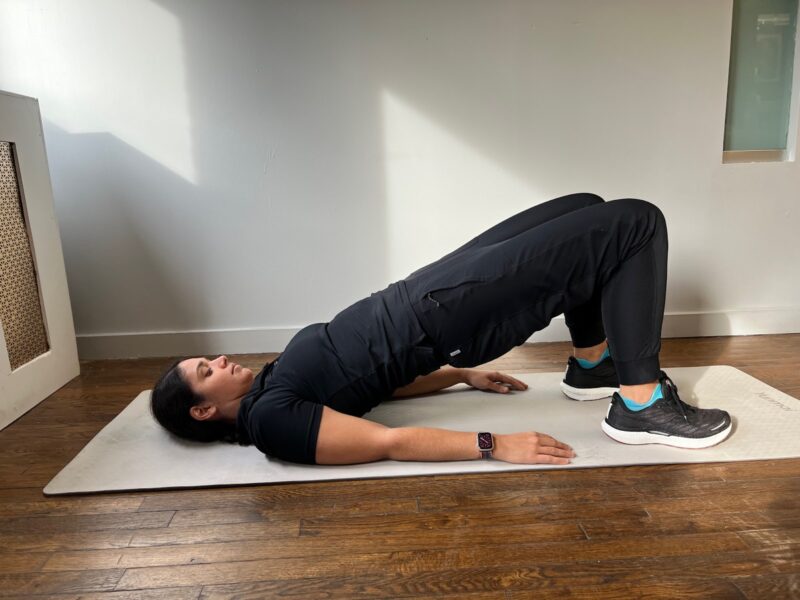
Dead-Bug
The objective here is to control the descent of the opposite arm and leg without losing the starting position of your spine.
Lie down and raise your arms to ear height. Flatten your back by bringing the tip of your sternum toward your pubic bone. Then, lift both hips and knees to 90 degrees. While holding this position, slowly lower one leg and raise the opposite arm overhead. Return to the starting position and repeat with the opposite side.
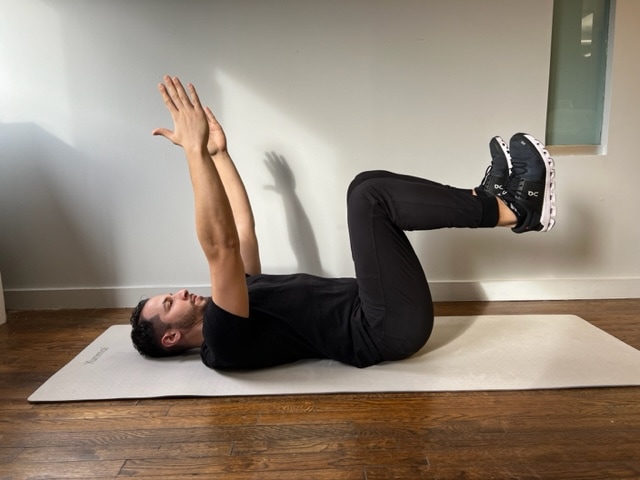
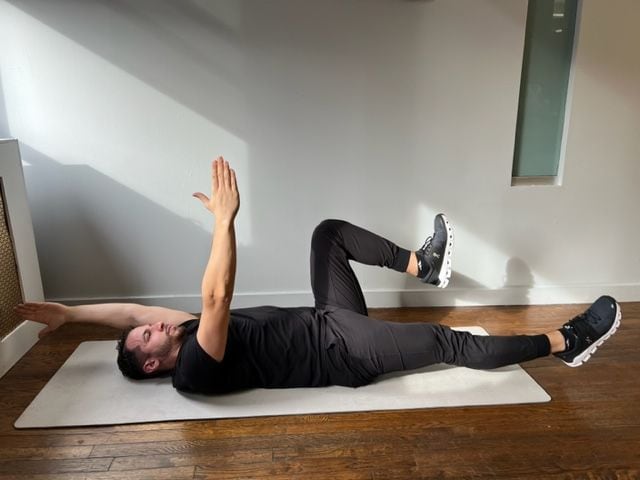
Dead-Hang
The dead-hang is a great full body exercise. When done properly, it helps to build true core strength, working on the abdominals, the paraspinals, the glutes, and the upper body. It also helps to traction the lower back and allow it to stretch.
Begin by gripping a stable bar with both hands, about shoulder-width apart.
Hang so your feet do not touch the floor but your legs are fully extended towards the ground.
Do not let your back arch. Let your rib cage settle slightly down, engage your abdominals up and in, grip your hands around the bar, pull your shoulder blades toward one another to lift your head up, keeping your chin neutral.
Hold for 10 seconds.
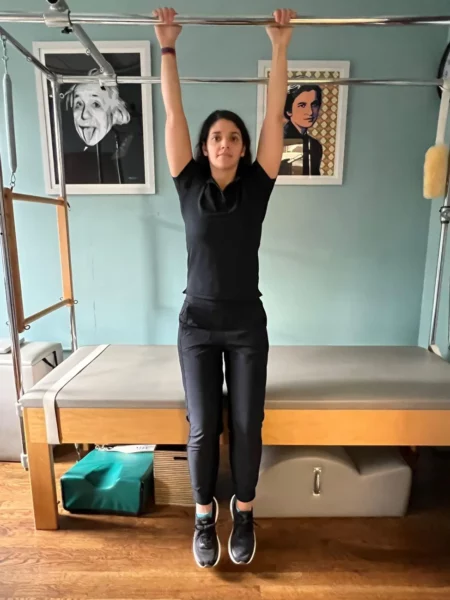
Still unsure what to do? Contact us to evaluate and prescribe the best possible exercises to improve your spinal health.

